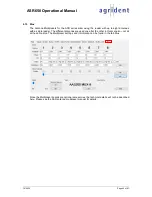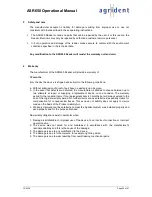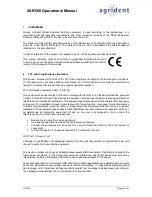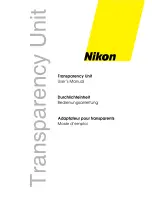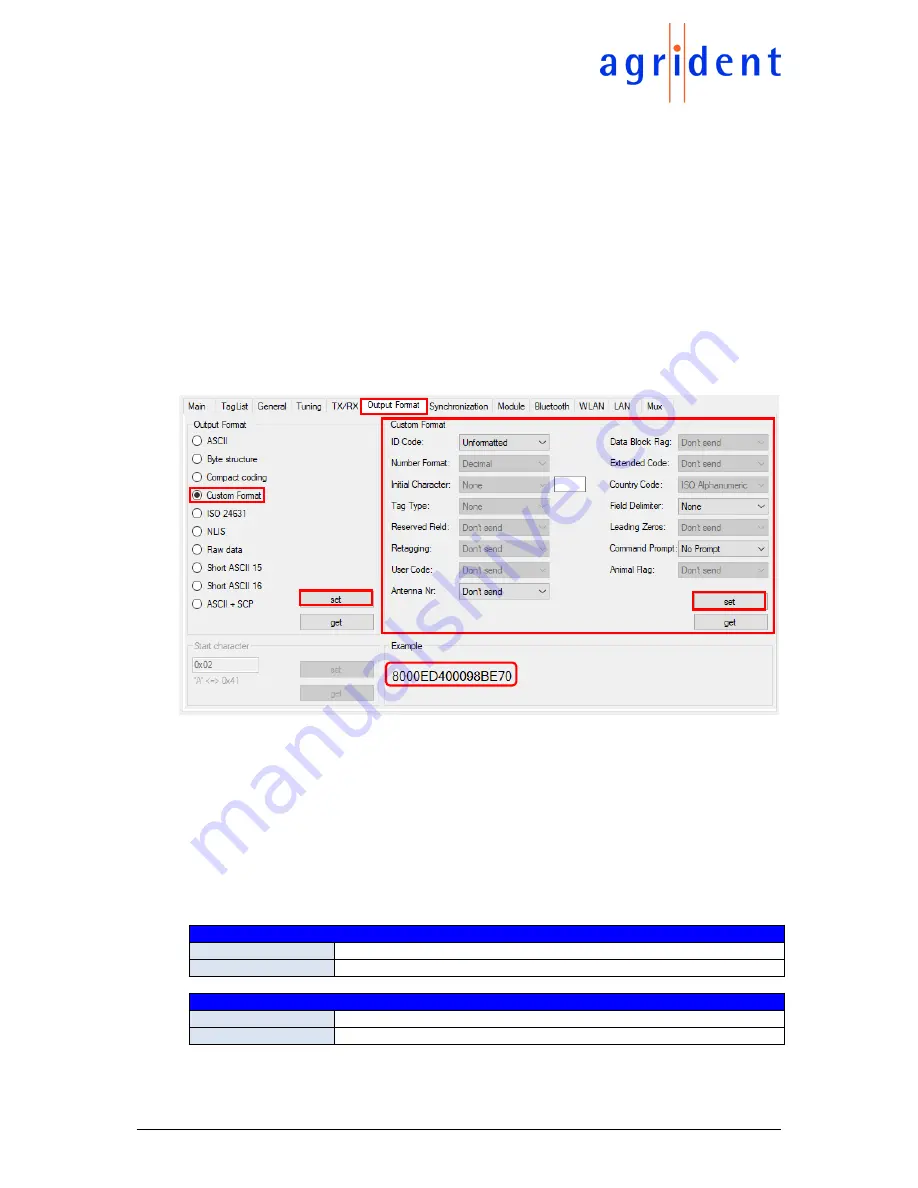
19/09/18
Page 51 of 67
ASR650 Operational Manual
4.9.3
Output Formats description
This chapter deals with the different output formats and explains the ones without transmission
frame in detail. Formats using frame according to the ASRs’ protocol will not be described in this
manual since the evaluation of those formats requires knowledge about software development.
For this reason, they are only described in the ASR650 protocol description in detail.
4.9.3.1
Custom Format
The
‘
Custom Format
’ works like a construction kit, the operator can put together the output string
according to the requirements of his application. It does not use the transmission frame.
In order to gain access to the
‘
Custom Format
’ panel, you have to choose ‘
Custom Format
’ as the
output format first. For any other output format, the
‘
Custom Format
’ selection panel is greyed
out.
In the above screen one can see that the default value for
‘
ID Code
’ is ‘
Unformatted
’. In this case
the reader transmits the 64-Bit transponder
‘raw data’ in hexadecimal notation. Below the Custom
Format configuration box, you can see a preview of your selected output format.
In ‘
Unformatted
’,
you can only select a ‘
Field Delimiter
’, a ‘
Command Prompt
’ and it is possible to send the antenna
number, which is interesting in case an antenna multiplexer is used.
If the
‘
ID Code
’ is set to ‘
Formatted
’, it is possible to select or deselect initial characters and
additional information or to cut leading zeros. Select your desired custom format and press the
corresponding
‘
set
’ button. The ‘
Example
’ preview will always be updated right away.
The different options and their settings are described below.
ID Code
FORMATTED
allows the selection and formatting of the individual ID code items
UNFORMATTED
sends 16 digits of unformatted hexadecimal transponder data
Number Format
DECIMAL
decimal (0-9) number presentation
HEXADECIMAL
hexadecimal (0-9 and A-F) number presentation




























